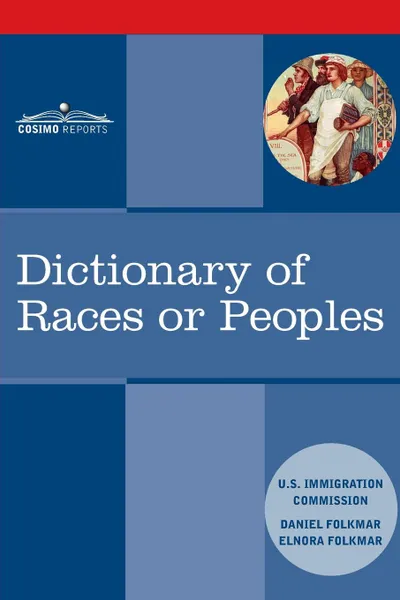Dictionary of Races or Peoples 12+
168 страниц
Категория: Научная литература
ISBN: 9781945934322
Язык: Английский
🔖 “For the first time, the government tries to find out, not what nations but what races are pouring into America, and It reaches some conclusions that will make the average man stare.” —from “The races that go into the American melting pot,” New York Times, May 21, 1911In the early 1900s, US immigration changed dramatically. Not only did the annual immigration levels soar to over one million a year, resulting in an immigrant population of 10 million, but the origin of immigrants was changing greatly as well. In the 1880s, 87 percent of the immigrants came from northern and western Europe, while by the early 1900s, 81 percent came from southern and eastern Europe. From 1899 on, immigrants were no longer classified by country of birth, but according to race or people. This was due to the many new immigrants, from the Austro-Hungarian or Russian empires, who could not easily be distinguished by country of birth. In 1907, the US IMMIGRATION COMMISSION (a.k.a. the Dillingham Commission), a joint House and Senate commission, was formed to study these changes in immigration. The commission’s chairman, the Republican Senator William P. Dillingham (1843–1923) and a Progressive reformer, was a vocal advocate of restriction of immigration. As part of its 41-volume report on immigration, the commission released the Dictionary of Races and Peoples in 1911. It was written by the commission’s senior researcher Daniel Folkmar with his wife Elnora, and became a crucial source of anthropologica...
Мнения
